Kitchen Herb Garden Cilantro: Imagine stepping into your kitchen and snipping fresh, vibrant cilantro to add a burst of flavor to your tacos, salsa, or even a simple salad. No more wilted, store-bought bunches! With a little know-how, you can cultivate your own thriving cilantro patch right on your windowsill.
Growing herbs indoors isn’t a new fad; in fact, cultivating herbs in small, protected spaces dates back centuries. From ancient Egyptians using herbs for medicinal purposes to medieval monks tending their monastery gardens, the desire to have fresh herbs readily available has always been strong. Today, with smaller living spaces and a growing interest in sustainable living, the appeal of a kitchen herb garden is stronger than ever.
But let’s be honest, sometimes growing cilantro can feel like a frustrating battle. It bolts quickly, the seeds are tricky to germinate, and it seems to demand constant attention. That’s where these DIY tricks and hacks come in! I’m going to share my tried-and-true methods for creating a flourishing kitchen herb garden cilantro haven, even if you have a black thumb. We’ll cover everything from seed starting secrets to preventing bolting and ensuring a continuous harvest. Get ready to enjoy the freshest, most flavorful cilantro you’ve ever tasted, all thanks to your own green thumb!
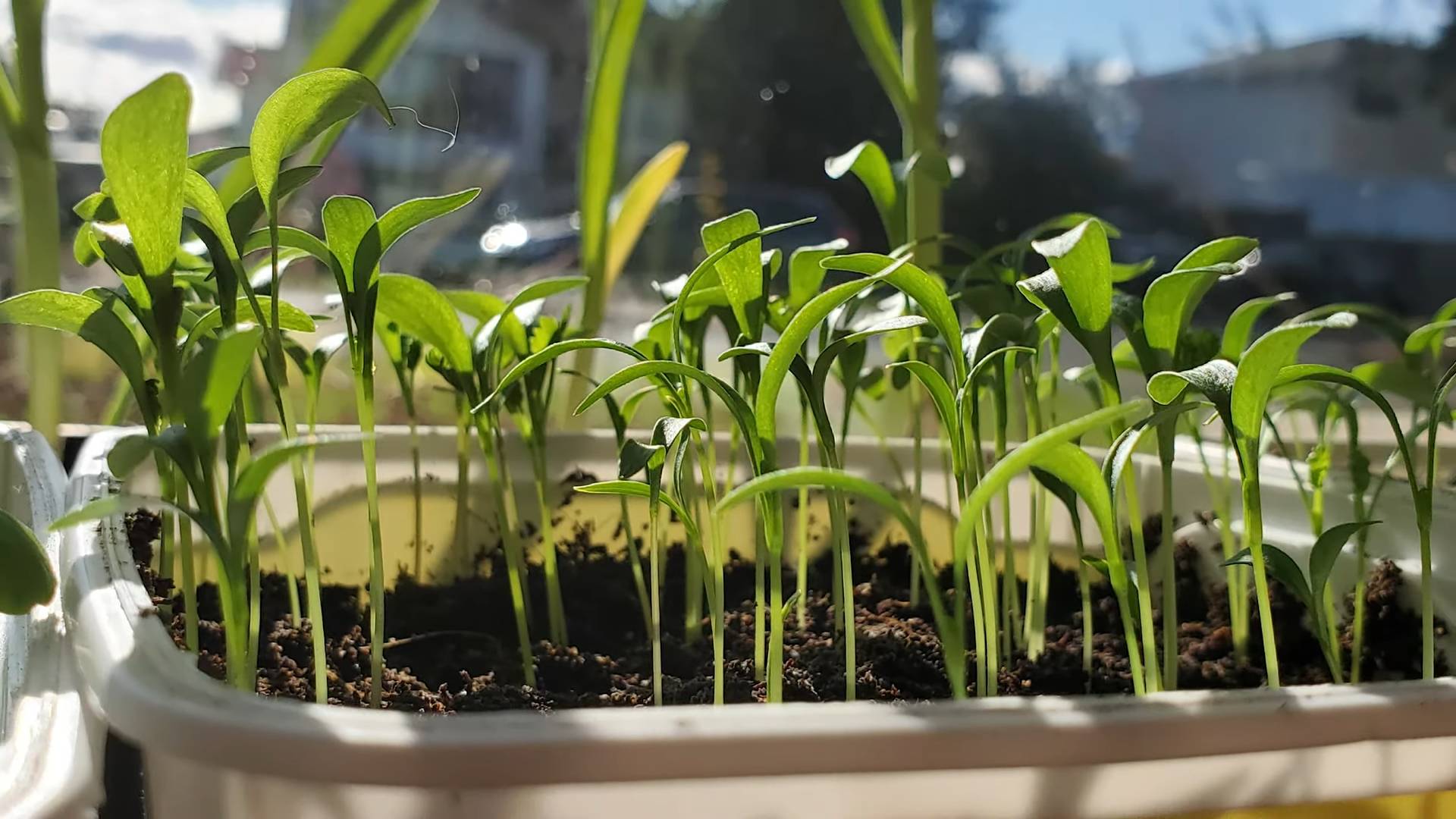
DIY Kitchen Herb Garden: Cilantro Edition
Hey there, fellow plant enthusiasts! Ever dreamed of having fresh cilantro right at your fingertips, ready to spice up your tacos or garnish your guacamole? Well, you’ve come to the right place! I’m going to walk you through creating your very own thriving cilantro herb garden, right in your kitchen. It’s easier than you think, and the reward of fresh, flavorful cilantro is totally worth it. Let’s get started!
Choosing Your Cilantro Companion: Seed vs. Seedling
Before we dive into the nitty-gritty, let’s talk about how you want to start your cilantro journey. You have two main options: starting from seed or buying a seedling.
* **Starting from Seed:** This is the more economical option and gives you a wider variety of cilantro types to choose from. However, it requires a bit more patience, as you’ll need to wait for the seeds to germinate and the plants to mature.
* **Buying a Seedling:** This is the faster route. You’ll get a head start with a young cilantro plant already established. It’s great if you’re eager to harvest quickly, but your cilantro variety might be limited to what’s available at your local nursery.
I personally prefer starting from seed because I love watching the whole process unfold, but either way works!
Gathering Your Supplies: The Cilantro Starter Pack
Okay, time to assemble your cilantro-growing arsenal! Here’s what you’ll need:
* **Cilantro Seeds or Seedling:** Choose your weapon! If you’re going with seeds, look for varieties specifically bred for slow bolting (bolting means the plant goes to seed quickly, which makes the leaves bitter).
* **Pot:** A pot that’s at least 6 inches in diameter and 6 inches deep is ideal. Cilantro has a taproot, so it needs some room to stretch out. Make sure your pot has drainage holes!
* **Potting Mix:** Use a high-quality potting mix that’s well-draining. Avoid using garden soil, as it can compact and suffocate the roots.
* **Watering Can or Spray Bottle:** For gentle watering.
* **Sunny Spot:** Cilantro loves sunshine! Aim for a location that gets at least 6 hours of direct sunlight per day. A south-facing windowsill is usually a good bet.
* **Optional: Grow Light:** If you don’t have enough natural light, a grow light can be a lifesaver, especially during the winter months.
* **Optional: Seed Starting Tray (if starting from seed):** This helps with germination.
Planting Your Cilantro: From Seed to Sprout
Alright, let’s get our hands dirty! Here’s how to plant your cilantro, whether you’re starting from seed or using a seedling.
Planting Cilantro from Seed:
1. **Prepare the Pot:** Fill your pot with potting mix, leaving about an inch of space at the top. Gently pat down the soil.
2. **Sow the Seeds:** Sprinkle the cilantro seeds evenly over the surface of the soil. You can sow them quite densely, as you can always thin them out later. A good rule of thumb is about 5-10 seeds per inch.
3. Cover the Seeds: Lightly cover the seeds with about ¼ inch of potting mix.
4. **Water Gently:** Use a watering can or spray bottle to gently moisten the soil. Be careful not to wash the seeds away.
5. **Create a Humid Environment (Optional):** Cover the pot with plastic wrap or a clear plastic bag to create a humid environment. This will help the seeds germinate. Remove the plastic wrap once the seedlings emerge.
6. **Place in a Sunny Spot:** Put the pot in a sunny location or under a grow light.
7. **Keep the Soil Moist:** Keep the soil consistently moist, but not soggy. Water when the top inch of soil feels dry to the touch.
8. **Wait Patiently:** Cilantro seeds typically germinate in 7-10 days.
9. **Thin the Seedlings:** Once the seedlings have a few sets of true leaves (the leaves that look like cilantro leaves, not just the initial seed leaves), thin them out so that they are about 2-3 inches apart. This will give them enough room to grow. You can use small scissors to snip the unwanted seedlings at the base.
Planting a Cilantro Seedling:
1. **Prepare the Pot:** Fill your pot with potting mix, leaving about an inch of space at the top.
2. **Make a Hole:** Dig a hole in the center of the pot that’s slightly larger than the root ball of the seedling.
3. **Remove the Seedling:** Gently remove the seedling from its container. If the roots are tightly bound, gently loosen them with your fingers.
4. **Place the Seedling:** Place the seedling in the hole, making sure that the top of the root ball is level with the surface of the soil.
5. **Fill in the Gaps:** Fill in the gaps around the root ball with potting mix.
6. **Water Thoroughly:** Water the seedling thoroughly until water drains out of the drainage holes.
7. **Place in a Sunny Spot:** Put the pot in a sunny location or under a grow light.
Caring for Your Cilantro: Keeping it Happy and Healthy
Now that your cilantro is planted, it’s time to give it some TLC! Here’s how to keep your cilantro thriving:
* **Watering:** Cilantro needs consistent moisture, but it doesn’t like to be waterlogged. Water when the top inch of soil feels dry to the touch. Avoid overwatering, as this can lead to root rot.
* **Sunlight:** Cilantro loves sunshine! Make sure it gets at least 6 hours of direct sunlight per day. If you don’t have enough natural light, use a grow light.
* **Fertilizing:** Cilantro doesn’t need a lot of fertilizer, but a light feeding every few weeks can help it grow. Use a balanced liquid fertilizer diluted to half strength.
* **Pinching Back:** Pinching back the tips of the stems encourages bushier growth. Simply snip off the top inch or so of the stem with your fingers or scissors.
* **Bolting Prevention:** Cilantro is prone to bolting, especially in hot weather. Bolting means the plant goes to seed quickly, which makes the leaves bitter. To prevent bolting, try to keep the plant cool and well-watered. You can also pinch off any flower buds that appear.
* **Pest Control:** Cilantro is generally pest-resistant, but it can sometimes be affected by aphids or spider mites. If you notice any pests, spray the plant with insecticidal soap.
Harvesting Your Cilantro: Enjoying the Fruits (or Leaves!) of Your Labor
The best part! You can start harvesting cilantro leaves as soon as the plant is about 6 inches tall.
* **Harvesting Technique:** Use scissors to snip off the outer leaves, leaving the inner leaves to continue growing. Avoid harvesting more than one-third of the plant at a time.
* **Harvesting Frequency:** You can harvest cilantro leaves every few days, as needed.
* **Storage:** Freshly harvested cilantro leaves are best used immediately. However, you can store them in the refrigerator for a few days. To store them, wrap the leaves in a damp paper towel and place them in a plastic bag.
Troubleshooting: Common Cilantro Problems and Solutions
Even with the best care, you might encounter a few challenges along the way. Here are some common cilantro problems and how to fix them:
* **Yellowing Leaves:** This can be caused by overwatering, underwatering, or nutrient deficiencies. Check the soil moisture and adjust your watering accordingly. If the soil is consistently moist, you may be overwatering. If the soil is dry, you may be underwatering. You can also try fertilizing the plant with a balanced liquid fertilizer.
* **Leggy Growth:** This is usually caused by insufficient light. Move the plant to a sunnier location or use a grow light.
* **Bolting:** As mentioned earlier, bolting is when the plant goes to seed quickly. To prevent bolting, keep the plant cool and well-watered. You can also pinch off any flower buds that appear.
* **Pests:** Aphids and spider mites can sometimes infest cilantro plants. Spray the plant with insecticidal soap to get rid of them.
Extending Your Harvest: Succession Planting
Cilantro is an annual plant, which means it completes its life cycle in one year. To ensure a continuous supply of fresh cilantro, you can practice succession planting. This involves planting new seeds every few weeks. This way, you’ll always have a fresh batch of cilantro ready to harvest.
Beyond the Basics: Cilantro Varieties to Explore
Once you’ve mastered the basics of growing cilantro, you can start experimenting with different varieties. Here are a few popular options:
* **Slow-Bolt Cilantro:** As the name suggests, this variety is less prone to
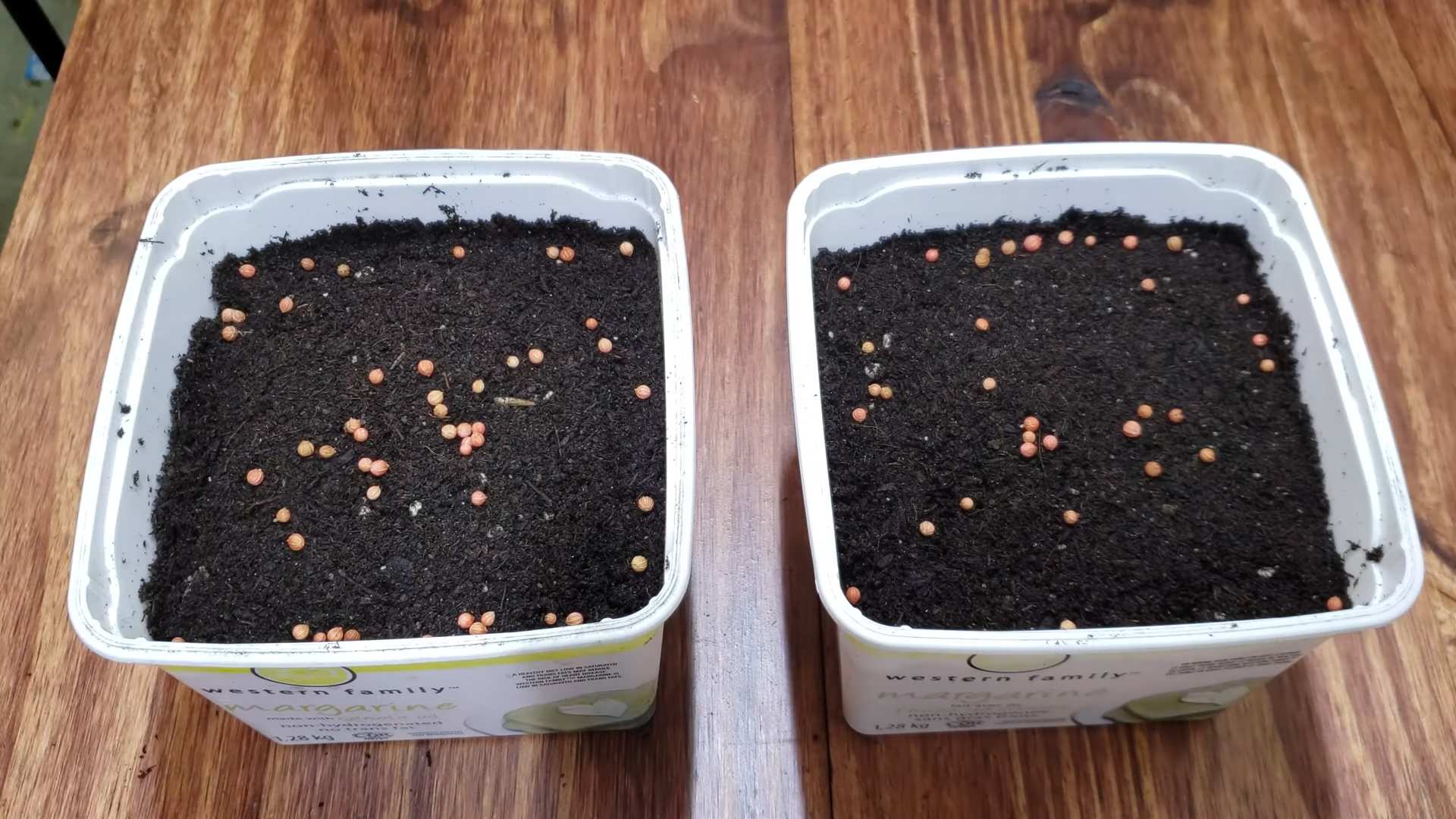
Conclusion
So, there you have it! Cultivating your own thriving cilantro, even without a sprawling garden, is absolutely within reach. This DIY kitchen herb garden cilantro trick isn’t just about saving money (though that’s a definite perk!). It’s about having fresh, vibrant flavor at your fingertips, ready to elevate your meals from ordinary to extraordinary. Imagine the burst of freshness in your homemade salsa, the aromatic garnish on your tacos, or the vibrant addition to your Asian-inspired dishes – all thanks to the cilantro you nurtured yourself.
What makes this method a must-try? It’s the simplicity and accessibility. You don’t need a green thumb, specialized equipment, or a ton of space. A sunny windowsill, a few basic supplies, and a little bit of patience are all it takes to embark on this rewarding culinary adventure. Plus, growing your own cilantro allows you to control the quality and ensure it’s free from harmful pesticides.
But the fun doesn’t stop there! Feel free to experiment with variations. Try using different types of containers, from repurposed yogurt cups to decorative planters. Consider adding other herbs to your indoor garden, such as parsley, mint, or chives, to create a miniature culinary oasis. You can even try succession planting, sowing new seeds every few weeks to ensure a continuous supply of fresh cilantro.
Don’t be afraid to get creative and personalize your kitchen herb garden cilantro setup to suit your own style and preferences. The possibilities are endless!
We wholeheartedly encourage you to give this DIY trick a try. It’s a simple, satisfying, and delicious way to connect with your food and add a touch of freshness to your everyday life. And most importantly, we want to hear about your experience! Share your photos, tips, and stories in the comments below. Let’s build a community of cilantro-loving gardeners and inspire others to embrace the joy of growing their own herbs. What are you waiting for? Get planting!
Frequently Asked Questions (FAQ)
1. How long does it take for cilantro to grow from seed?
Generally, cilantro seeds germinate within 7-10 days, but it can sometimes take up to two weeks depending on the temperature and moisture levels. Keep the soil consistently moist during this period. Once germinated, cilantro typically reaches maturity and is ready for harvesting in about 45-55 days. Remember that cilantro is a cool-season herb, so it tends to bolt (go to seed) quickly in hot weather.
2. What kind of soil is best for growing cilantro indoors?
Cilantro thrives in well-draining soil that is rich in organic matter. A good potting mix specifically formulated for herbs or vegetables is ideal. You can also create your own mix by combining equal parts of potting soil, compost, and perlite or vermiculite. The compost provides nutrients, while the perlite or vermiculite improves drainage and aeration. Avoid using garden soil, as it can be too heavy and may contain pests or diseases.
3. How much sunlight does cilantro need?
Cilantro needs at least 6 hours of sunlight per day to thrive. A south-facing windowsill is usually the best option, but an east- or west-facing window can also work if it provides sufficient light. If you don’t have enough natural light, you can supplement with a grow light. Position the grow light a few inches above the plants and keep it on for 12-14 hours per day.
4. How often should I water my cilantro plant?
Cilantro needs consistent moisture but doesn’t like to be waterlogged. Water thoroughly when the top inch of soil feels dry to the touch. Avoid overwatering, as this can lead to root rot. Check the soil moisture regularly and adjust your watering schedule accordingly, depending on the temperature and humidity levels. During hotter months, you may need to water more frequently.
5. How do I harvest cilantro?
You can start harvesting cilantro leaves once the plant is about 6 inches tall. Use scissors or pruning shears to snip off the outer leaves, leaving the inner leaves to continue growing. Avoid cutting more than one-third of the plant at a time, as this can stress the plant and slow down growth. Regular harvesting encourages the plant to produce more leaves.
6. Why is my cilantro bolting (going to seed)?
Bolting is a natural process that occurs when cilantro is exposed to high temperatures or long days. When cilantro bolts, it produces flowers and seeds, and the leaves become bitter. To prevent bolting, try to keep the plant in a cool location and provide shade during the hottest part of the day. You can also pinch off the flower buds as soon as they appear to prolong the leaf production. If your cilantro does bolt, you can collect the seeds and use them as coriander in your cooking.
7. Can I grow cilantro from cuttings?
While it’s more common to grow cilantro from seed, you can also try propagating it from cuttings. Take a 4-6 inch cutting from a healthy cilantro plant, removing the lower leaves. Place the cutting in a glass of water, making sure that the leaves are above the water line. Change the water every few days. After a few weeks, roots should start to develop. Once the roots are about an inch long, you can transplant the cutting into a pot filled with well-draining soil.
8. What are some common pests and diseases that affect cilantro?
Cilantro is generally resistant to pests and diseases, but it can sometimes be affected by aphids, spider mites, or powdery mildew. Aphids and spider mites can be controlled with insecticidal soap or neem oil. Powdery mildew can be prevented by ensuring good air circulation and avoiding overhead watering. If you notice any signs of pests or diseases, treat the plant promptly to prevent them from spreading.
9. How can I extend the life of my cilantro plant?
To extend the life of your cilantro plant, try to keep it in a cool location and provide adequate sunlight and moisture. Regular harvesting encourages the plant to produce more leaves. You can also fertilize the plant every few weeks with a balanced liquid fertilizer. If your cilantro starts to bolt, try pinching off the flower buds to prolong leaf production. Consider succession planting to ensure a continuous supply of fresh cilantro.
10. Is it better to grow cilantro indoors or outdoors?
Both indoor and outdoor growing have their advantages. Growing cilantro indoors allows you to control the environment and protect the plant from extreme weather conditions. It also makes it easier to harvest fresh cilantro year-round. However, outdoor-grown cilantro may benefit from more sunlight and better air circulation. Ultimately, the best option depends on your climate, available space, and personal preferences. If you live in a hot climate, growing cilantro indoors may be the best way to prevent bolting.

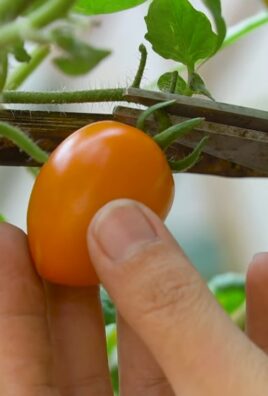
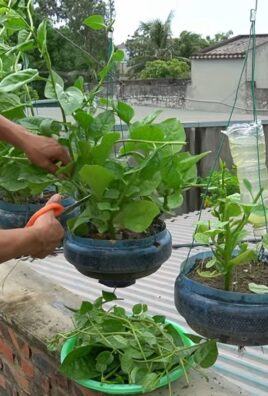
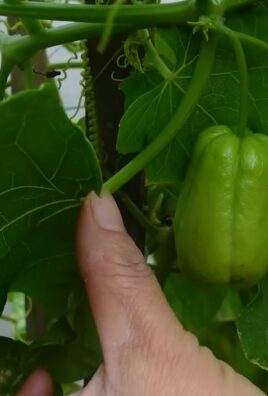
Leave a Comment